resident relationships
Imagine a multifamily team member with an AI copilot at their side.
Their day becomes streamlined with a copilot.
Tedious tasks like data entry and scheduling? Automated.
They spend time nurturing genuine relationships with prospects and residents.
They walk properties, ensuring every detail reflects care.
Freed from paperwork, they brainstorm innovative community events.
Meetings transform into quick, efficient sessions with AI-generated summaries.
They use insights from data analysis to optimize occupancy and improve tenant experiences.
With the AI managing the minutiae, creativity and human connection take the forefront.
"An AI copilot doesn’t replace us; it amplifies our humanity – for now." — Mike Brewer Share on XShare this:
Centralized Leasing: An Innovation Reshaping the Multifamily Industry
Navigating the Challenges and Opportunities of Centralized Leasing in Multifamily Real Estate

Photo by Hulki Okan Tabak on Unsplash
The rise of centralized leasing in the multifamily sector is transforming the property management landscape. By integrating advanced technologies, streamlining communication channels, and redefining the leasing role, companies are optimizing operations and improving human experiences.
However, implementing a successful centralized leasing model has challenges; each multifamily operator approaches it differently.
Despite the potential of centralized leasing, multifamily operators face numerous obstacles to its successful implementation. These include a lack of standardization, the complexity of balancing diverse software and property management programs, and resistance to change in an industry that has operated under traditional methods for many years. Moreover, adopting a full or hybrid centralized leasing model is critical and can significantly impact various business aspects such as lead management, resident management, and service protocols.
Though the road to centralized leasing may be intricate, companies are finding innovative solutions. Adopting customer relationship management platforms, AI-powered chatbots, and virtual leasing offices can greatly enhance efficiency and productivity. Such digital tools allow for seamless negotiation and execution of leases, streamlined administrative tasks, and enhanced resident experiences.
Moreover, centralized leasing can lead to role specialization, allowing leasing agents to focus more on tasks where their expertise truly shines, such as building relationships with residents and tackling complex emotionally-centric issues. This approach elevates service quality and contributes to team member satisfaction and retention, allowing for clearer career paths and opportunities for professional growth.
Lastly, customer-centric technologies, like AI and CRM systems, can provide more accurate tracking of leads and marketing budget allocation. This can lead to a better understanding of the resident lifecycle, allowing companies to refine their marketing strategies and improve their return on investment.
Despite the industry’s slow pace in adopting new technology, experts agree that centralized leasing is irreversible, and widespread implementation is imminent. By preparing for this shift, multifamily operators can better navigate the challenges and reap the many benefits of centralized leasing.

